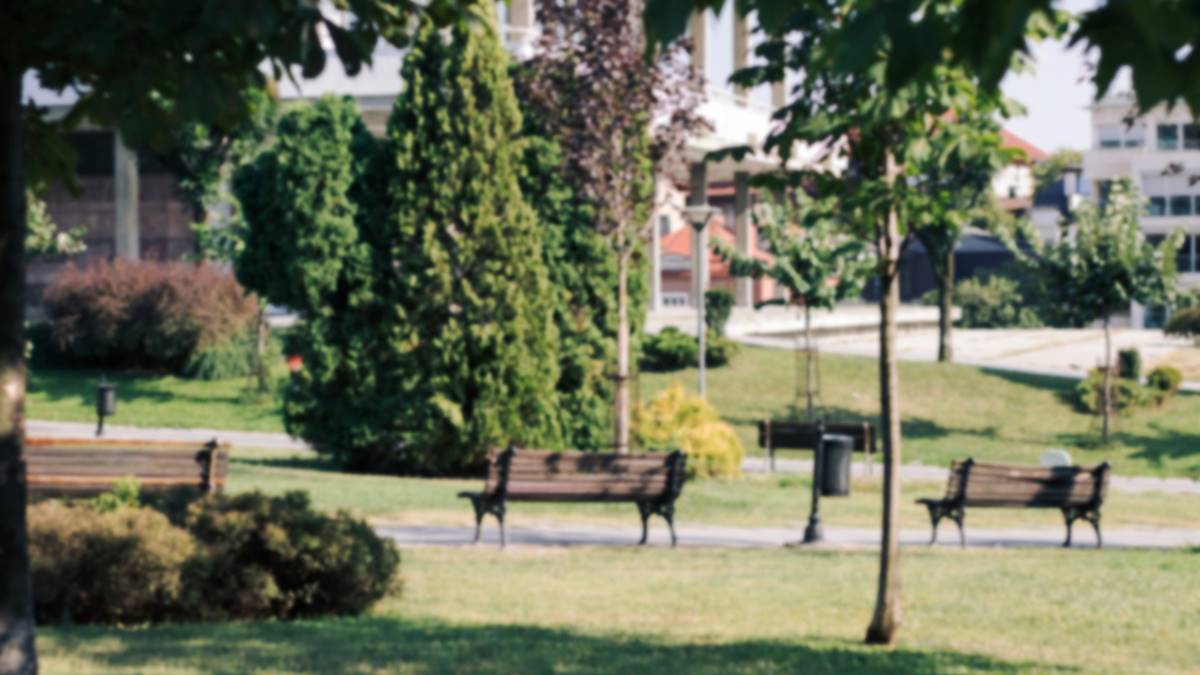As cities grow and urban life becomes increasingly fast-paced, green spaces like parks and public gardens serve as essential oases of calm, recreation, and connection to nature. But not all parks are created equal — while some are vibrant community hubs, others remain underused or feel disconnected from people’s daily lives.
So what defines a truly high-quality park in today’s urban environment? What elements must be in place to make these green spaces not just functional, but genuinely beneficial for communities?
This article explores the key criteria for evaluating modern parks, and how thoughtfully designed green areas can enhance both city life and public well-being.
Why Parks Matter More Than Ever
Parks are not merely decorative patches of green. In densely populated areas, they fulfill multiple roles:
-
Environmental: Parks support biodiversity, reduce urban heat, and improve air quality.
-
Social: They provide gathering spaces, encourage community interaction, and reduce isolation.
-
Health-related: Green spaces promote physical activity, lower stress levels, and improve mental health.
-
Aesthetic: Parks bring beauty, balance, and softness to the hardscape of cities.
As climate change and mental health concerns rise, the value of quality green spaces becomes even more pronounced.
What Makes a Park “Good”? Key Quality Factors
A successful park is not just about trees and benches — it’s about how people use and feel in the space. Experts generally agree on a set of quality indicators that contribute to an effective and engaging park experience.
1. Accessibility and Inclusivity
A great park must be easily accessible to all demographics — regardless of age, physical ability, or economic background.
-
Proximity to homes and public transportation
-
Barrier-free design for wheelchairs and strollers
-
Clear, safe pathways and signage
-
Seating and rest areas for all ages
Inclusivity also means the park offers something for everyone — from children’s play areas to peaceful corners for seniors.
2. Safety and Comfort
People won’t use a park if they don’t feel safe. Good lighting, visibility, and clean surroundings are essential.
-
Well-maintained paths and equipment
-
Adequate lighting at night
-
Trash bins and regular cleaning
-
Natural surveillance through layout and openness
Comfort features like drinking fountains, shaded benches, and restrooms also greatly enhance usability.
3. A Balance Between Nature and Use
The best parks strike a balance between natural beauty and practical function. This means preserving green elements while also providing space for activity.
-
Trees, lawns, flower beds, and water features
-
Open lawns for play and picnics
-
Defined zones for quiet rest vs. active use
-
Use of native plants for sustainability
Nature should feel integrated — not ornamental. Biodiversity and ecological function matter, too.
4. Multifunctionality and Flexibility
Modern urban parks often serve multiple roles — from hosting events to offering exercise space or quiet retreat. Versatility increases their value.
-
Playgrounds, sports fields, and outdoor gyms
-
Spaces for cultural events or farmer’s markets
-
Quiet reading areas or art installations
-
Interactive elements for children and adults
Well-designed parks adapt to changing community needs throughout the day and across seasons.
5. Community Involvement and Identity
Parks should reflect the local culture and needs of the people who use them. This is where participatory planning plays a crucial role.
-
Public consultation during planning
-
Support for local artists and creators
-
Community gardens or “adopt-a-tree” programs
-
Cultural or historical references in design
When residents feel ownership over a space, they’re more likely to protect and use it.
New Challenges in Park Design
Urban parks today face unique challenges that require thoughtful responses:
-
Climate adaptation: Using permeable surfaces, increasing shade, and designing for flood resilience.
-
Overuse: Preventing damage from large crowds through durable materials and clear zoning.
-
Gentrification: Ensuring park development doesn’t lead to displacement or exclusion of local residents.
Designers and city planners must balance innovation with sensitivity — and think long-term.
Not Just Green, But Smart and Sustainable
Today’s best parks incorporate smart technologies and sustainable design to remain relevant and efficient.
Examples include:
-
Solar-powered lighting and irrigation
-
Real-time data on usage and maintenance needs
-
Recycled or local materials for infrastructure
-
Digital community boards or interactive maps
Sustainability goes beyond plants — it’s about how the entire park functions as an ecosystem within the city.
Measuring Success: How Do We Know It Works?
A park’s success is ultimately measured not by its features alone, but by how people use and love it. Useful indicators include:
-
High foot traffic across age groups
-
Events or gatherings organized by locals
-
Low crime rates and high maintenance levels
-
Visible signs of relaxation, play, and joy
Feedback loops between users and planners help parks evolve and stay relevant.
A Green Future, One Park at a Time
Parks are more than just leisure spaces — they are vital tools for building livable, resilient, and inclusive cities. When thoughtfully designed, they can uplift communities, protect nature, and offer daily doses of joy and peace in a hectic world.
Whether small or large, central or hidden, every park has the potential to become a cherished green oasis — if we treat it with care, creativity, and community spirit.
To explore the original Hungarian-language article that inspired this summary, visit:
Full article: https://minell.hu/zold-oazisok-a-parkok-minosegi-kovetelmenyei/
Website: minell.hu
